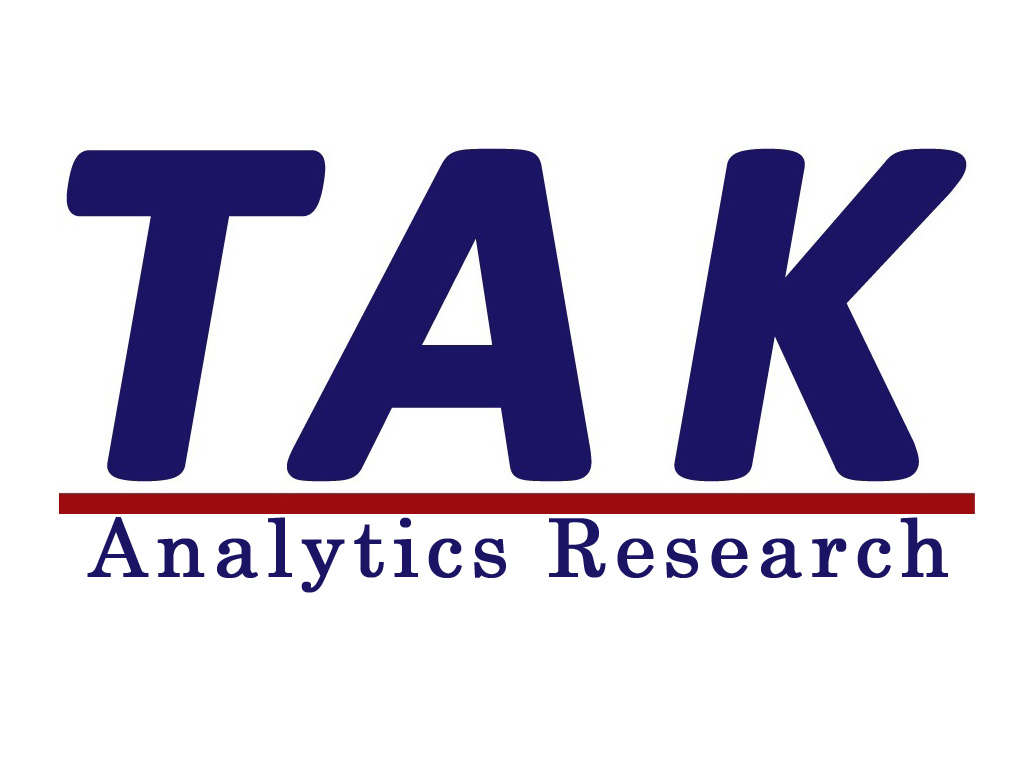Myers氏はこう続ける。「IPおよびレガシーネットワークをまとめて使用すると、シグナリング環境が複雑になります。CSRCプラットフォームは、SIP、Diameter、SS7、RADIUSなど、レガシーなものと次世代のもの両方のシグナリング プロトコルを通信事業者が管理することを可能とし、IPおよびレガシーなネットワーク間の相互作用を容易にします。」 集中型シグナリングおよびルーティング制御のハイライト
- 現在まで、集中型シグナリングおよびルーティング制御 (CSRC) プラットフォームは、主にローカルポリシーを利用するセッション開始プロトコル (SIP) リダイレクトを用いたIP中継のために採用されている。
- ENUM/ドメイン ネーム システム (DNS)、ブレークアウト ゲートウェイ制御機能 (BGCF)、ホーム加入者サーバー (HSS)、Diameterシグナリング制御、IMS呼セッション制御機能 (CSCF)、ポリシーおよび課金ルール機能 (PCRF)など、CSRCプラットフォームの機能拡張のために数多くの異なるアプリケーションが統合可能である。
- CSRC業界には、Italtel、NetNumber、Sonusなど少数のベンダーが存在し、レガシーおよび次世代ネットワークを混在させている通信事業者、特に最大手との取引で成功を収めている。
- LTEネットワークの拡大に牽引される形で、2014年から2018年にかけて世界でCSRC機器に投資される額は累積2.82億ドルになるとInfoneticsは予測している。
Rise in mobile broadband traffic puts new focus on centralized signaling and routing control Campbell, CALIFORNIA, July 11, 2014-Market research firm Infonetics Research released excerpts from its new Centralized Signaling and Routing Control Market Outlook. The report tracks and forecasts centralized signaling and router control (CSRC) platform revenue by region: North America, EMEA (Europe, Middle East, Africa), Asia Pacific, and CALA (Caribbean and Latin America). ANALYST NOTE "The centralized signaling and routing control (CSRC) market is not new, but the platforms are expanding as operators look to scale networks more efficiently with the rise in mobile broadband traffic. CSRC platforms are a class of solutions designed to help operators relieve congestion and simplify network management as they bridge legacy networks and next-generation IP," notes Diane Myers, principal analyst for VoIP, UC, and IMS at Infonetics Research.
Continues Myers: "The convergence of IP and legacy networks creates a complex signaling environment. CSRC platforms facilitate interworking between the two by enabling operators to manage both legacy and next-gen signaling protocols, including SIP, Diameter, SS7, and Radius." CENTRALIZED SIGNALING AND ROUTING CONTROL HIGHLIGHTS
- To date, centralized signaling and routing control (CSRC) platforms have primarily been adopted for IP interexchange with Session Initiation Protocol (SIP) redirect utilizing local policy
- A number of different applications can be integrated in a CSRC platform to broaden capabilities, including ENUM/Domain Name System (DNS), breakout gateway control function (BGCF), home subscriber server (HSS), Diameter signaling control, IMS call session control function (CSCF), and policy and charging rules function (PCRF)
- There are a few vendors in the CSRC space, including Italtel, NetNumber, and Sonus, that are finding success with operators that have a mix of legacy and next-gen networks, particularly large tier 1s
- Infonetics is predicting a cumulative $282 million will be spent globally on CSRC equipment from 2014 to 2018, driven by LTE network expansion

